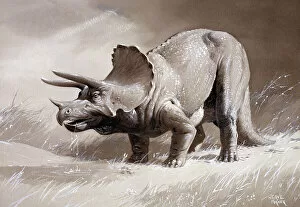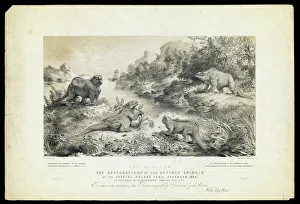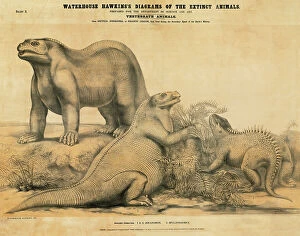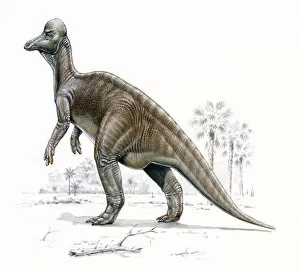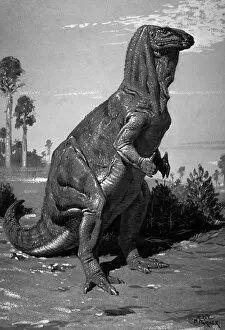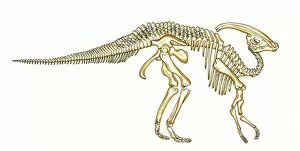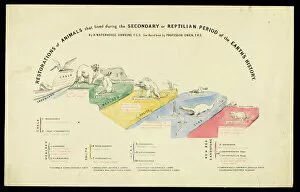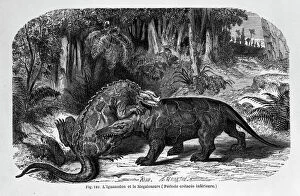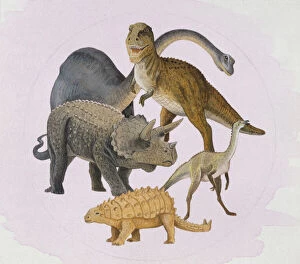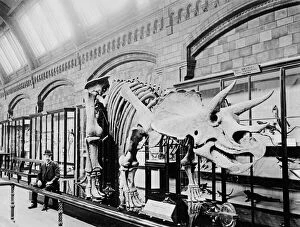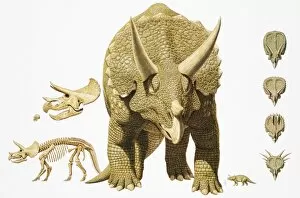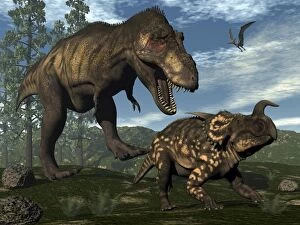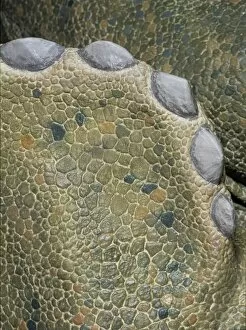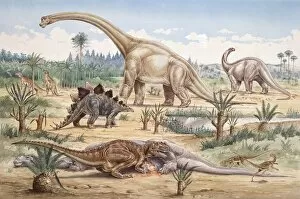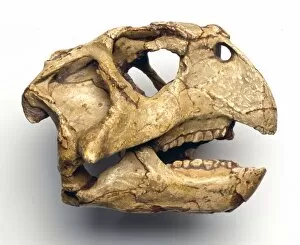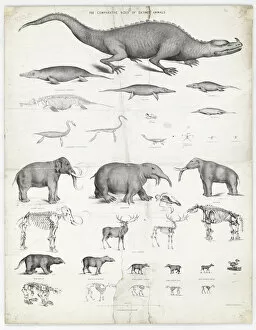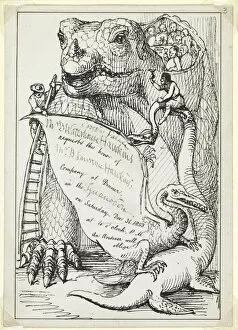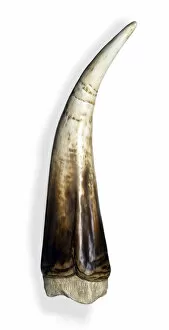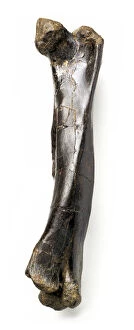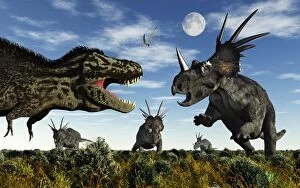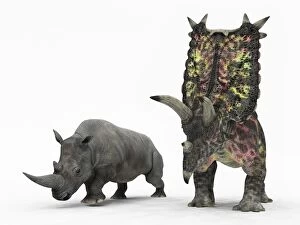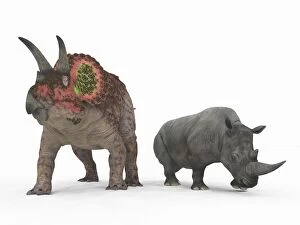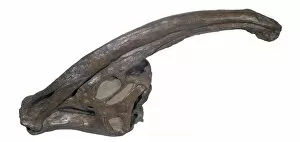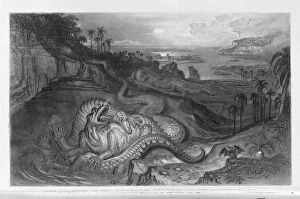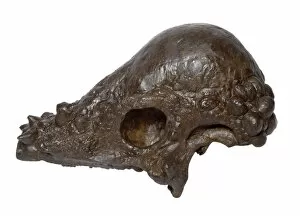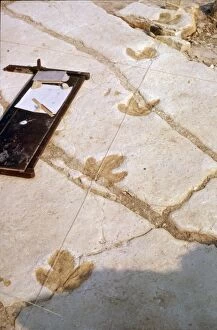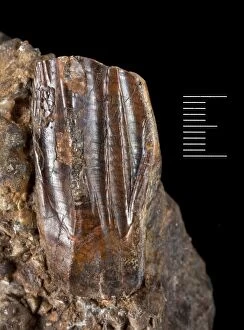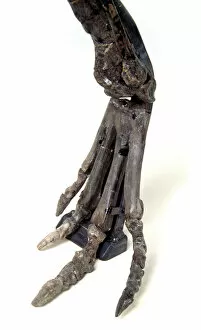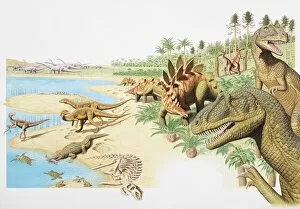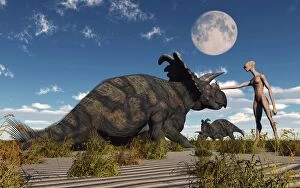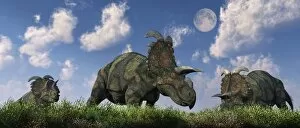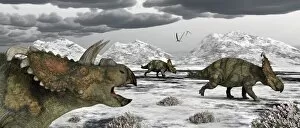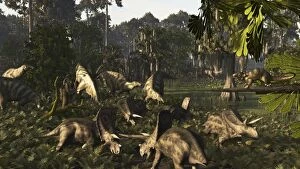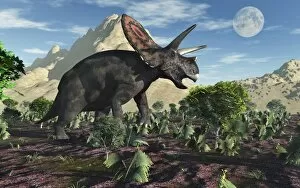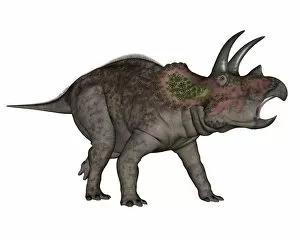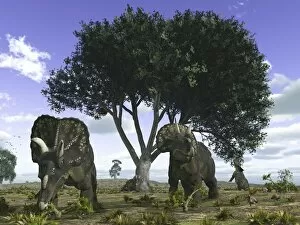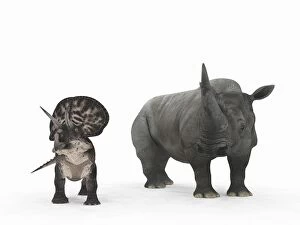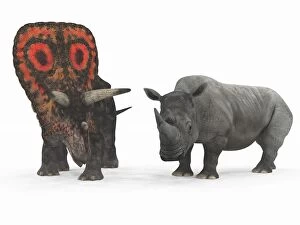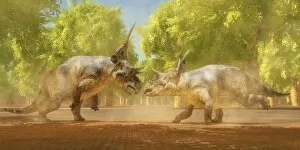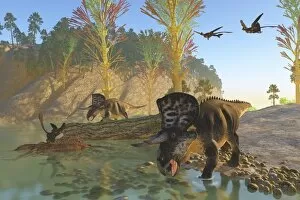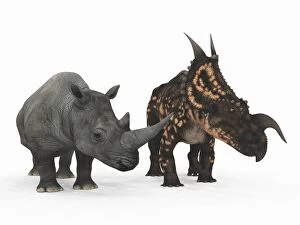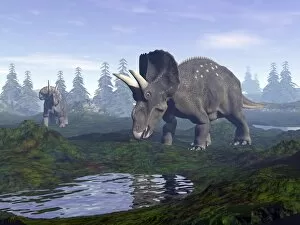Cerapoda Collection
"Cerapoda: Unveiling the Majestic World of Dinosaurs at Crystal Palace Park" Step into a prehistoric wonderland as you explore the fascinating realm of Cerapoda
For sale as Licensed Images
Choose your image, Select your licence and Download the media
"Cerapoda: Unveiling the Majestic World of Dinosaurs at Crystal Palace Park" Step into a prehistoric wonderland as you explore the fascinating realm of Cerapoda. This captivating exhibition takes you on a journey through time, showcasing some of the most iconic dinosaurs that once roamed our planet. Marvel at the mighty Triceratops, with its formidable horns and frilled head, standing tall amidst lush greenery. Immerse yourself in The Wealden, an ancient landscape where Iguanodon and Hylaeosaurus thrived alongside their colossal counterparts. Gaze upon meticulously crafted restorations that bring these long-extinct creatures back to life. From Corythosaurus with its distinctive crest to the awe-inspiring Parasaurolophus skeleton, each exhibit offers a glimpse into Earth's distant past. Witness astonishing reconstructions of secondary period animals like Iguanodon and Megalosaurus engaging in lifelike interactions. Feel dwarfed by Triceratop dinosaur skeleton C016/5928 as it towers above you, reminding us of their immense size and power. Discover lesser-known species such as Heterodontosaurus and Protoceratops – pint-sized but no less intriguing members of this diverse family. Compare their sizes to other extinct animals showcased here, highlighting just how extraordinary these ancient beings were. Embark on an educational adventure for all ages as Cerapoda transports you back millions of years ago when dinosaurs ruled the Earth. Let your imagination run wild amidst these incredible fossils and learn about our planet's rich history through this captivating exhibition at Crystal Palace Park.

